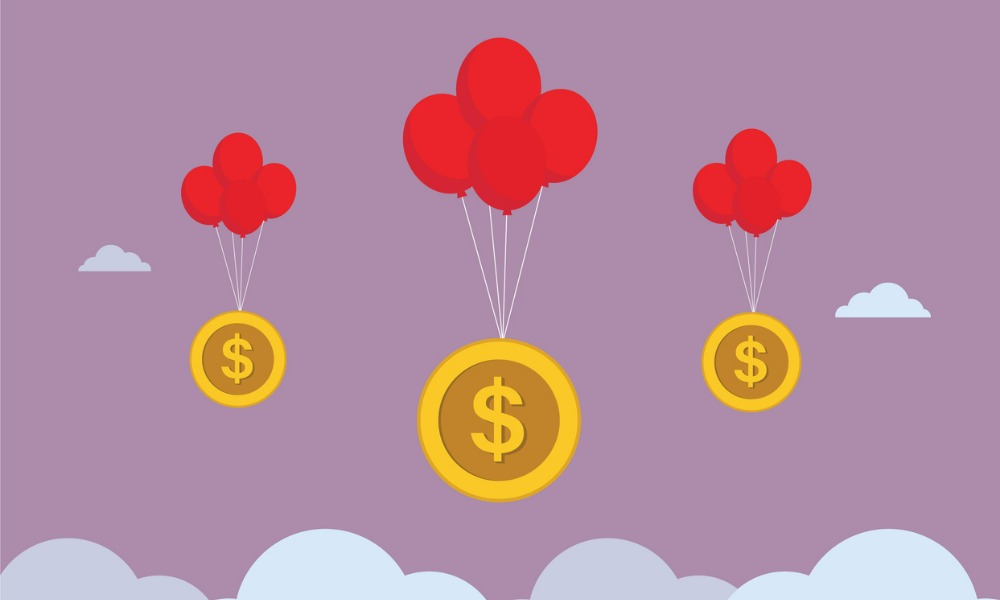The uneven distribution of pandemic-era savings will exact a heavy toll, RBC says

Low-income households will be disproportionately affected by runaway inflation and steady increases in borrowing costs, according to RBC Economics.
In their latest analysis, RBC economists Claire Fan, Nathan Janzen, and Naomi Powell said that the accelerated pace of the Bank of Canada’s overnight rate – which is expected to reach the 2% level by October – will hike average household debt payments by nearly $2,000 (approximately 15%) next year.
The effects of this will be especially pronounced among low-income households, which will see their debt service ratios grow at least twice the speed of high-income households’ in 2023, RBC said.
“The pandemic may have boosted debt but it also left Canadian households sitting on $300 billion in savings. That’s a huge backstop – enough to cover about a year and a half of total Canadian household debt payments,” RBC said. “But those savings aren’t evenly distributed.”
Read more: Analysts: Canadians’ savings at risk from hikes, inflation
RBC estimated that the highest-income households account for almost a third of those total savings, while the lowest-income Canadians hold less than a fifth.
“For these households, a large portion of excess savings wasn’t stocked away, but was used to pay down consumer debt. These households now have a much smaller cushion against rapidly rising borrowing costs,” RBC said.
And even if wage growth and labour market strength is taken into account, “an accelerated increase in the overnight rate will push the share of disposable incomes spent on debt back over pre-pandemic levels,” RBC warned.
“This increase, combined with soaring prices for everyday goods, will bite hard into the real earnings of lower income Canadians,” RBC said. “The challenge for the Bank of Canada at this point in the economic cycle is to hike interest rates enough to rein in prices, relieving pressure on Canadians, without sparking a downturn. That will be no easy task.”



